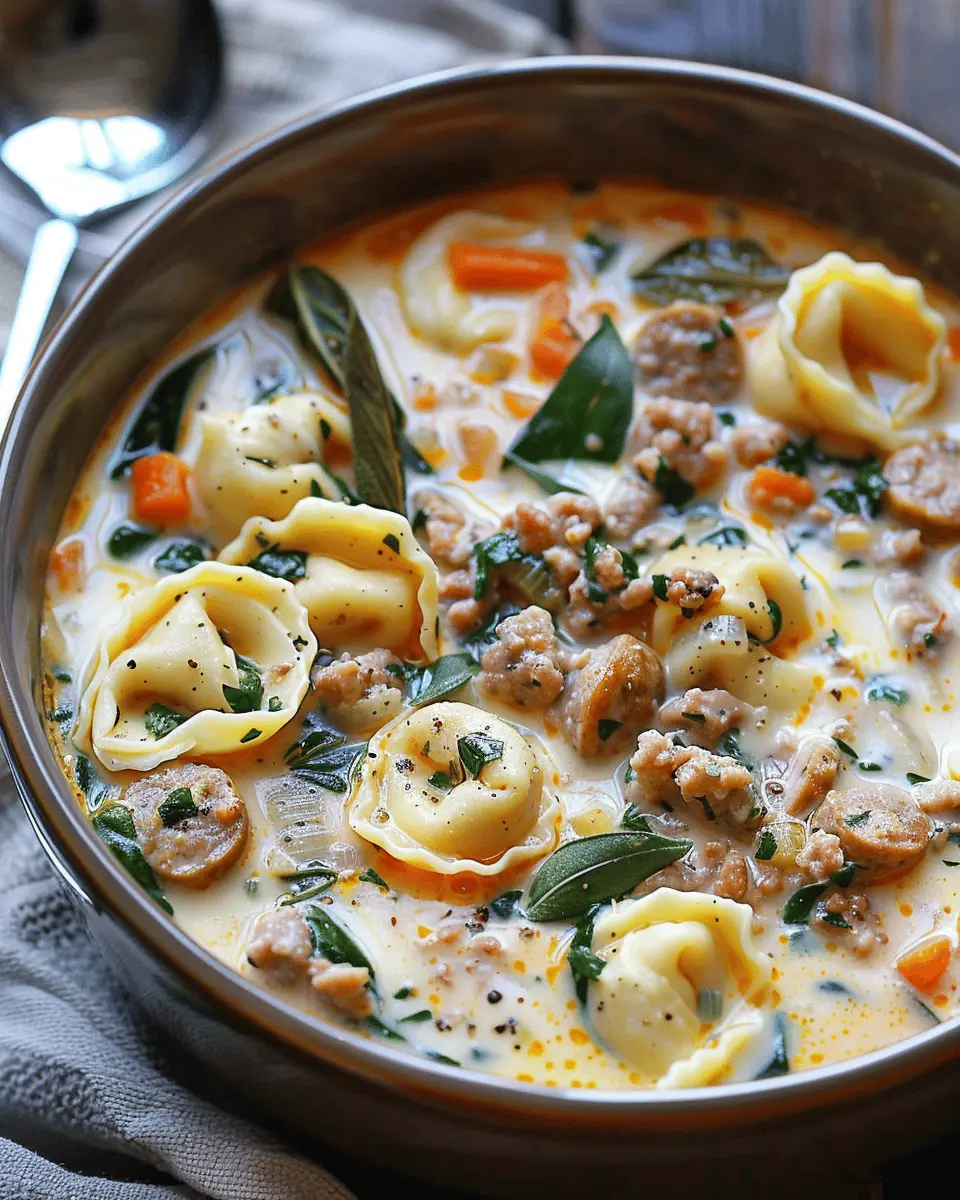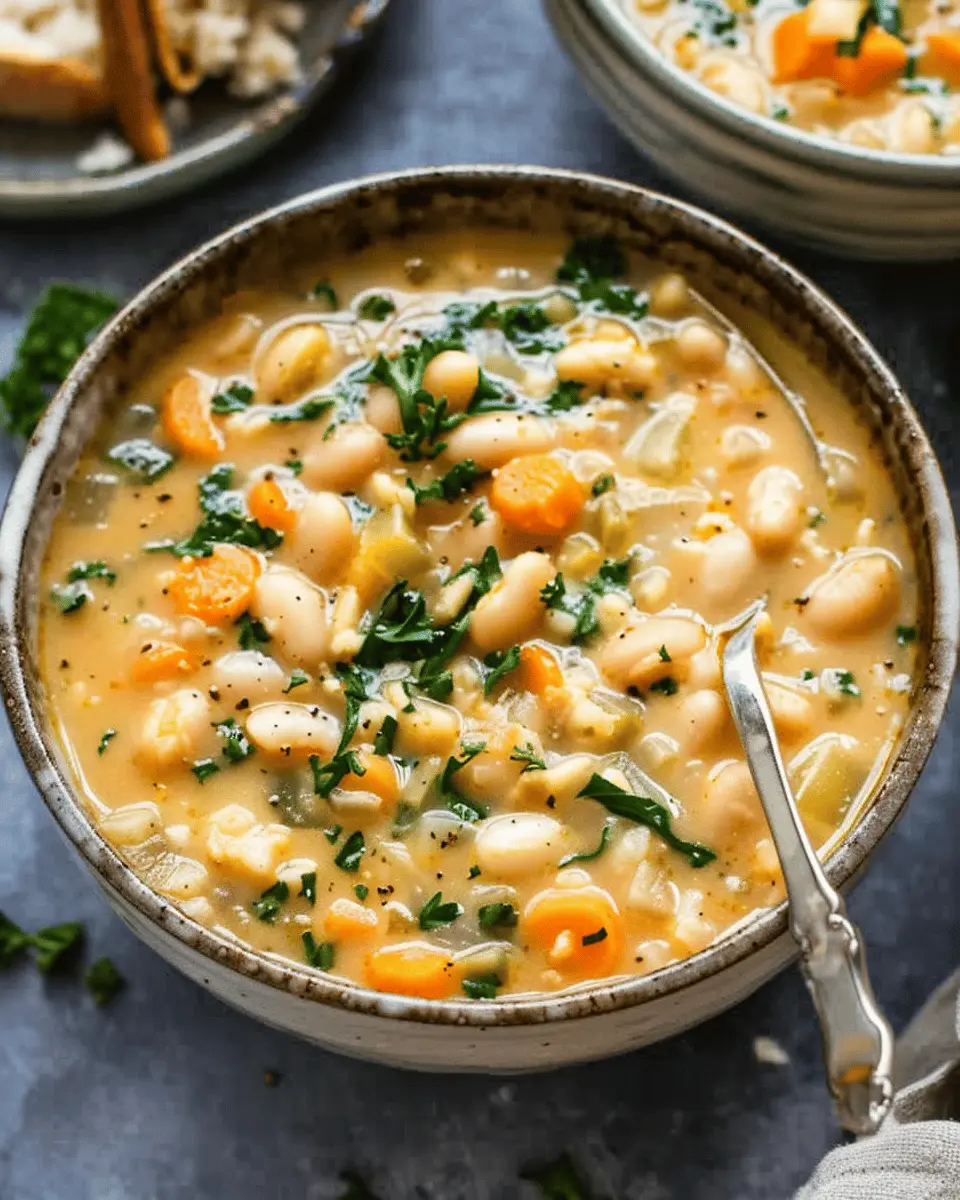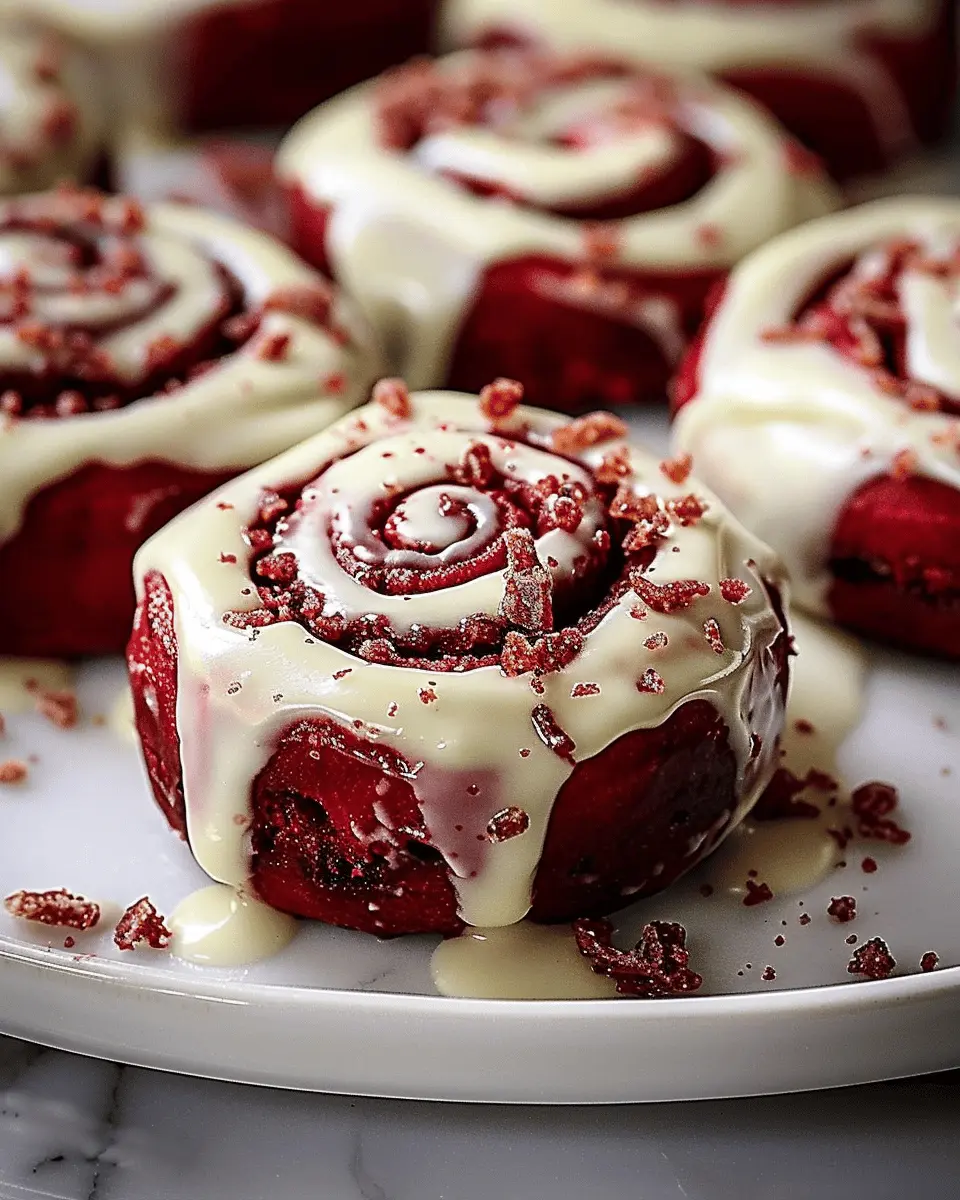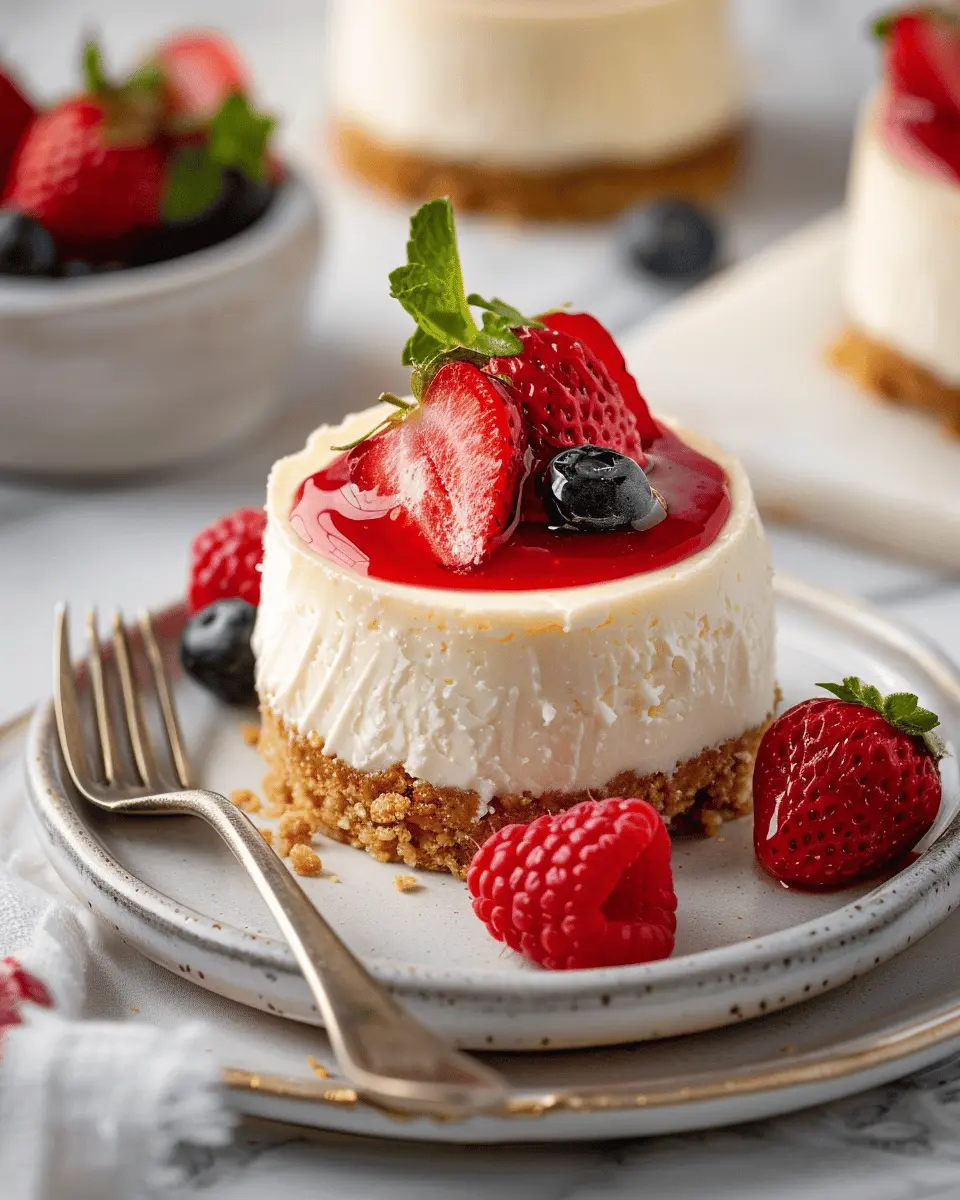Why Homemade Pizza Dough is a Game-Changer
If you’re asking yourself how to make pizza dough at home, you’re in for a treat! Making your own pizza dough isn’t just a fun weekend project; it’s a game-changer for your culinary repertoire. Why, you ask? Let’s dive into it.
A Taste of Freshness
When you whip up your own pizza dough, the result is a fresh, flavorful base that you simply can’t get from store-bought options. According to a study published by the American Culinary Federation, homemade pizza dough often has a better flavor and texture than commercial varieties. Think about it: the smell of flour, yeast, and water coming together harmoniously in your kitchen. It’s more than just food; it’s an experience!
Control the Ingredients
Home cooking gives you full control over what goes into your dough. Want to skip preservatives or certain allergens? Easy! Stick with basic ingredients like flour, yeast, water, and a pinch of salt. You can even experiment with alternatives, such as whole wheat flour or gluten-free options. Exploring ingredient substitutions offers a world of possibilities, ensuring that your pizzas cater to your dietary preferences.
Save Time and Money
While takeout pizza has its charm, making your own can be quicker than you think! With just a few minutes of prep and a little kneading, you can have your dough ready to rise. Plus, consider the savings. A homemade pizza can cost a fraction of the price of delivery, especially when you’re feeding a group. And who doesn’t love a lively pizza night with friends? You can check out this budget-friendly pizza recipe for ideas!
Flexibility with Toppings
Once you master how to make pizza dough, the fun truly begins with toppings. Feel free to get creative! Whether you’re layering on turkey bacon, chicken ham, fresh vegetables, or artfully drizzled sauces, the pizza is truly your canvas. Plus, everyone can customize their portion, making it a hit at gatherings.
So, are you convinced? Making your own pizza dough not only elevates your pizza game but also turns dinner into a delightful DIY adventure that you won’t forget. Happy baking!

Ingredients for Pizza Dough
Essential ingredients you need
When you’re learning how to make pizza dough, it all starts with the right ingredients. Here’s a simple list to get you started:
- Flour: All-purpose or bread flour works great. About 4 cups will do.
- Water: Lukewarm water, around 110°F (43°C), should be about 1.5 cups.
- Yeast: Active dry yeast or instant yeast, roughly 2 teaspoons.
- Sugar: A teaspoon of sugar helps feed the yeast.
- Salt: Around 1.5 teaspoons to enhance flavor.
- Olive Oil: Extra virgin olive oil adds richness and texture, about 2 tablespoons.
These foundational ingredients create a perfect base for your delicious homemade pizza.
Optional ingredients for customization
Feeling adventurous? You can also add some optional ingredients for a twist:
- Herbs: Dried oregano or basil for added flavor.
- Honey or Agave: Swap sugar for a natural sweetener.
- Milk or Yogurt: Incorporate these for a softer crust, if desired.
By varying these ingredients, you can truly personalize your dough. Want to dive deeper into recipe variations? Check out resources like Serious Eats for expert tips! Making your own pizza dough is not just about eating; it’s a fantastic culinary journey!
Step-by-Step Preparation for Pizza Dough
Making your own pizza dough can be a rewarding and enjoyable experience, especially when you know exactly how to make pizza dough from scratch. Follow these simple steps, and you’ll be on your way to creating a delicious base that’s perfect for your favorite toppings. Let’s get started!
Proofing the yeast
Everything starts with the yeast—it’s the magical ingredient that makes your dough rise! Begin by measuring out 2 ¼ teaspoons of active dry yeast. In a small bowl, combine it with 1 cup of warm water (about 110-115°F is ideal). Adding a teaspoon of sugar to this mixture gives the yeast something to munch on as it activates!
- Stir it gently and allow it to sit for about 5 to 10 minutes.
- You’ll know it’s ready when it’s frothy and bubbly. This is proof that your yeast is alive and ready to do its job!
Proofing is essential because it ensures your dough will rise correctly. For more guidance on yeast types, you might find this article from The Kitchn helpful.
Mixing the dry ingredients
While your yeast is doing its thing, it’s time to gather the dry ingredients. In a large mixing bowl, whisk together:
- 3 ½ to 4 cups of all-purpose flour
- 1 tablespoon of salt
Mix these ingredients thoroughly to ensure the salt is evenly distributed, which helps with flavor. If you’re in the mood to experiment, you can even try mixing in some whole wheat flour for added texture and nutrients.
Combining wet and dry ingredients
Once the yeast is properly proofed, it’s time to bring everything together. Pour the foamy yeast mixture into the bowl with your flour and salt. Add about 2 tablespoons of olive oil to the bowl for some rich flavor and improved texture.
- Begin mixing with a wooden spoon or your hands until the dough begins to come together. It’s okay if it looks a little shaggy at this point; the magic happens in the next step!
The combination of warm water and well-activated yeast is what sets your pizza dough apart from store-bought versions. The natural flavors and textures truly bring it to life.
Kneading the dough
Now for the fun part! Kneading is all about developing gluten, which contributes to that wonderful chewy texture we all associate with pizza crust.
- Lightly flour a clean surface and turn your dough out onto it.
- Start pressing and folding the dough; you can apply a bit of pressure with the palms of your hands. Don’t be afraid to get a little messy! Knead for about 8 to 10 minutes until the dough is smooth and elastic.
If you notice the dough sticking to your hands or the surface, sprinkle a bit more flour as needed. Remember, the goal is a soft and smooth dough that springs back when you poke it.
Resting the dough
After all that kneading, your dough needs some TLC in the form of rest. Shape it into a ball and place it in a greased bowl, covering it with a damp cloth or plastic wrap.
- Let it rest in a warm place for about 1 to 2 hours, or until it doubles in size.
This resting period is essential; it allows the gluten to relax, making your pizza crust easier to stretch out later. If you’ve ever rushed this step, you know the struggle of trying to deploy a tough dough!
After your dough is puffed and ready, you can shape it into your desired pizza form, whether that’s a classic round or something more adventurous. Who knew how to make pizza dough could be this simple?
Follow these steps, and you’re just moments away from a delicious homemade pizza night that’s bound to impress all your friends! Let’s get cooking!

Variations on Pizza Dough
When it comes to how to make pizza dough, there are countless approaches you can take to accommodate different tastes and dietary needs. Let’s explore some delicious variations that will bring a unique twist to your homemade pizza nights!
Whole Wheat Pizza Dough
Whole wheat pizza dough is a fantastic way to incorporate more fiber into your meal while still enjoying that satisfying crust. To create this variation, simply substitute half or all of the all-purpose flour with whole wheat flour. This adds a nutty flavor and heartiness that pairs beautifully with fresh toppings. Plus, it can make you feel a bit better about indulging in that cheesy slice!
Gluten-Free Pizza Dough
For those who are gluten-sensitive or have celiac disease, making gluten-free pizza dough at home is a game changer. Use almond flour or a gluten-free flour blend, which can usually be found in your local grocery store or online. You can also combine it with psyllium husk, which helps bind the ingredients together, giving it a more traditional pizza texture. With so many gluten-free recipes available, you can still enjoy pizza night without missing out!
Herb-Infused Pizza Dough
Ever thought about taking your pizza dough to the next level? By adding fresh or dried herbs like basil, oregano, or rosemary, you can create an aromatic base that enhances the overall flavor of your pizza. Mix in about one tablespoon of your chosen herb with the dry ingredients, and you’ll have a fragrant crust that adds depth to your culinary creation.
These variations not only keep pizza night exciting but also make it easier to cater to various dietary preferences. So, as you learn how to make pizza dough, don’t hesitate to play around with these ideas! For more inspiration, check out Serious Eats for various dough recipes and techniques.
Cooking Tips and Notes
Common mistakes to avoid
When learning how to make pizza dough, it’s easy to make a few common mistakes that can compromise your pizza’s quality. Here are some errors to watch out for:
- Skipping the kneading: This is essential for developing gluten, which gives your dough that lovely chewy texture.
- Using cold ingredients: Make sure your water is warm (not hot) to encourage yeast activation. This helps in giving rise to your dough!
- Overflouring: It might be tempting to add more flour, but too much can lead to a dry dough. Aim for just enough for handling.
How to achieve the perfect crust
The secret to a great pizza crust lies in the fermentation process. Allow your dough to rise slowly in the refrigerator overnight. This enhances flavor and texture. Aim for a crust that is crispy on the outside but soft inside, which you can achieve by baking on a preheated pizza stone.
Feeling adventurous? Try experimenting with different flours or hydration levels to see how they influence your result! For more tips, check out Serious Eats. Happy cooking!
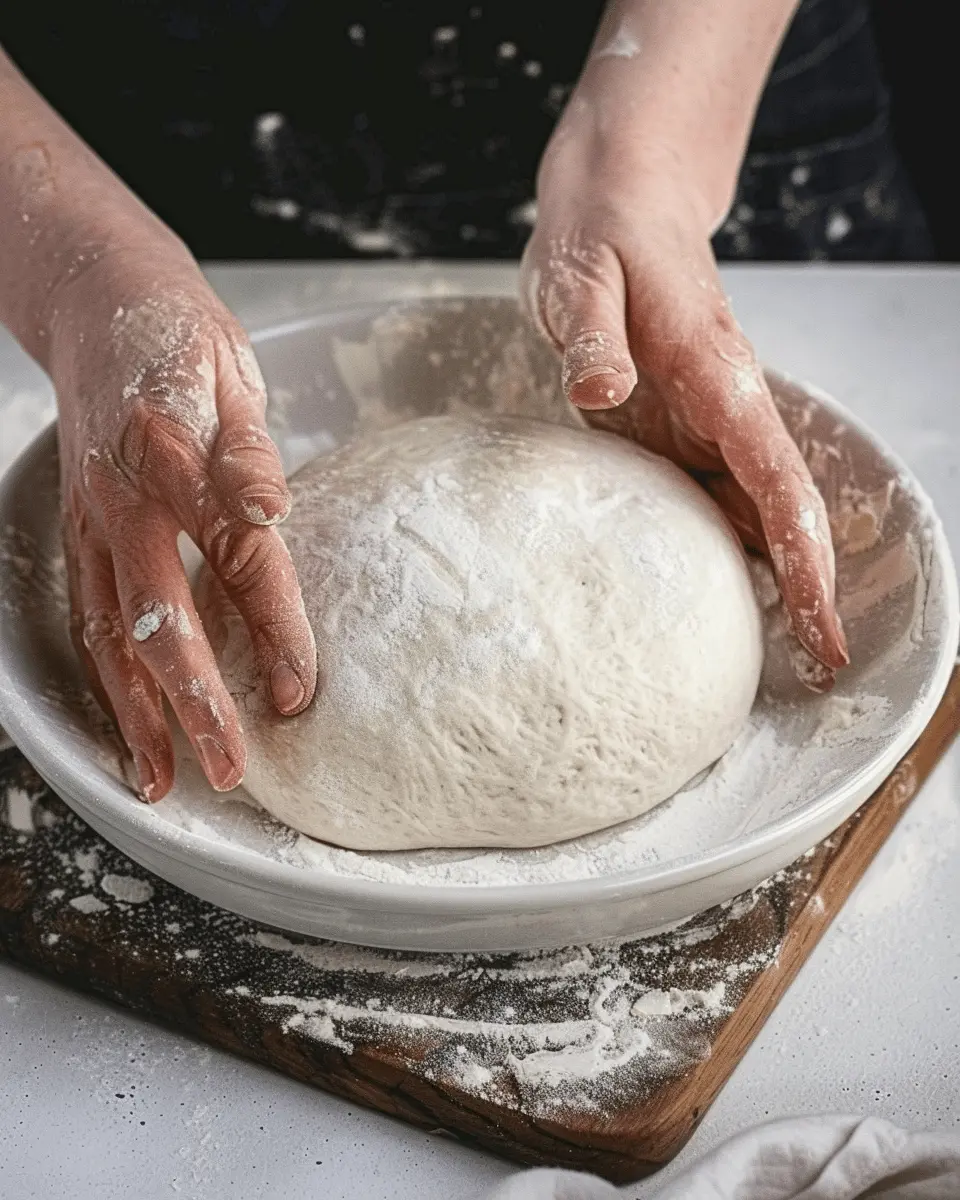
Serving Suggestions for Pizza Dough
Creating the perfect pizza starts with mastering how to make pizza dough. Once your dough is ready, the options are nearly endless! Here are some delicious ways to serve it up.
Classic Margherita
You can’t go wrong with a classic Margherita pizza. Simply top your rolled-out dough with:
- Rich tomato sauce
- Fresh mozzarella cheese
- A sprinkle of salt
- Fresh basil leaves
- Drizzle of olive oil
Bake it until the crust is golden and the cheese is bubbling. This simple yet flavorful combination allows the quality of your dough to shine through!
Creative Topping Ideas
Feeling adventurous? Here are some topping suggestions to kick your pizza game up a notch:
- Mediterranean Delight: Feta cheese, olives, roasted red peppers, and artichokes.
- BBQ Chicken: Replace traditional sauce with barbecue sauce, add cooked chicken ham, and top with red onions and cilantro for a smoky twist.
- Breakfast Pizza: Spread a thin layer of hollandaise sauce, top with scrambled eggs, turkey bacon, and a sprinkle of cheese.
For more exciting combinations, check out Epicurious for additional inspiration and topping ideas. Dive into the world of how to make pizza dough and let your creativity take over!
Time Breakdown for Pizza Dough
Preparation time
Making pizza dough is simpler than you might think! The preparation time is about 15 minutes. Gather your ingredients: flour, yeast, salt, water, and olive oil, then mix them together until a dough begins to form. It’s a breeze. While you’re at it, you can check out more tips on how to make pizza dough like adding spices to your mix for extra flavor!
Rising time
Next, you’ll need to let your dough rise for about 1 to 2 hours. This is crucial as it allows the yeast to work its magic, resulting in a light and airy crust. While you wait, why not whip up some delicious toppings?
Total time
When you add everything together, the total time for making pizza dough is around 1.5 to 2 hours. With just a little patience, you’ll have a fantastic homemade pizza base ready to impress your friends!
Nutritional Facts for Pizza Dough
When you’re learning how to make pizza dough, it’s essential to consider the nutritional profile! Here’s a quick look at what you’re biting into.
Calories per slice
On average, one slice of homemade pizza dough contains about 200-250 calories, depending on the thickness and ingredients used. This makes it a delicious, yet moderate choice for a meal or snack when paired with lean proteins and fresh veggies.
Macronutrient breakdown
The macronutrient composition can vary, but a typical slice usually comprises:
- Carbohydrates: 30-35g, providing a great source of energy.
- Protein: 6-9g, especially if you use high-protein flour.
- Fat: 3-5g, primarily from the olive oil or any toppings you choose.
For more detailed nutritional insights, consider checking resources like the USDA FoodData Central or reputable nutrition websites. Being conscious of these numbers can help you enjoy your homemade pizza with a greater understanding of its benefits!
FAQs about Pizza Dough
Making your own pizza dough can feel daunting, but it’s easier than you think! Below, we answer some common questions to help clarify your dough-making journey.
Can I make pizza dough ahead of time?
Absolutely! In fact, prepping your dough in advance can enhance its flavor. You can mix the dough 1-3 days ahead of time and store it in the refrigerator. Just ensure it’s in an airtight container or well-wrapped to prevent it from drying out. When you’re ready to use it, allow it to come to room temperature before stretching and shaping. This will make the dough much easier to handle.
For detailed guidance on how to make pizza dough ahead of time, check out resources from Serious Eats.
What is the best way to store leftover dough?
To keep any leftover dough fresh, place it in a greased bowl and cover it tightly with plastic wrap or a damp kitchen towel. Alternatively, you can portion it into smaller balls and freeze them in separate freezer bags. Just remember to allow any frozen dough to thaw overnight in the fridge before using it. This ensures you still get that delightful, chewy crust! According to experts, proper storage can maintain the dough’s quality for several months.
How do I know when the dough is ready to use?
Your dough is ready when it has doubled in size and feels soft and pliable. A good test is the “poke test”—gently poke the dough with your finger; if it springs back slowly, it’s ready. If it springs back immediately, it needs a bit more time to rise. This process typically takes about 1 to 2 hours at room temperature, depending on the temperature of your kitchen.
With these tips, you’re all set for delicious pizza creations! For more in-depth pizza-making advice, visit Food Network.
Conclusion on Making Pizza Dough
Embrace your pizza-making adventure!
Now that you’ve learned how to make pizza dough, it’s time to unleash your inner pizzaiolo! Don’t hesitate to experiment with flavors and ingredients. Add herbs, spices, or even a touch of honey for a unique twist. Remember, each pizza you create is a canvas for your culinary imagination.
As you roll out the dough and watch it transform in the oven, you’ll appreciate the simple joy of homemade pizza. Whether it’s a cozy night in or a fun get-together, your dough will be the star. So, gather your favorite toppings, invite some friends, and get ready to enjoy a delicious slice of your creation!
For more pizza inspiration, check out resources from The Pizza Lab or Kitchn.
PrintHow to Make Pizza Dough for the Best Homemade Pizzas Ever
Learn how to make pizza dough that will take your homemade pizzas to the next level with this easy recipe.
- Prep Time: 15 minutes
- Cook Time: 15 minutes
- Total Time: 1 hour 30 minutes
- Yield: 2 pizza crusts 1x
- Category: Pizza
- Method: Baking
- Cuisine: Italian
Ingredients
- 2 1/4 cups all-purpose flour
- 1 teaspoon salt
- 1 teaspoon sugar
- 1 packet active dry yeast
- 1 tablespoon olive oil
- 3/4 cup warm water
Instructions
- In a large bowl, mix together the flour, salt, and sugar.
- In a separate small bowl, dissolve the yeast in warm water and let it sit for about 5 minutes.
- Stir the yeast mixture and olive oil into the flour mixture until a dough forms.
- Knead the dough on a floured surface for about 5-7 minutes until smooth.
- Place the dough in a greased bowl, cover it, and let it rise in a warm place for about 1 hour.
- Once risen, punch down the dough and roll it out to your desired thickness.
- Top with your favorite ingredients and bake at 475°F (245°C) for 12-15 minutes.
Notes
- For a crispy crust, bake the pizza on a preheated pizza stone.
- Experiment with different flours for unique textures.
Nutrition
- Serving Size: 1 slice
- Calories: 200
- Sugar: 0g
- Sodium: 250mg
- Fat: 4g
- Saturated Fat: 0.5g
- Unsaturated Fat: 3g
- Trans Fat: 0g
- Carbohydrates: 38g
- Fiber: 1g
- Protein: 6g
- Cholesterol: 0mg
Keywords: How to Make Pizza Dough






